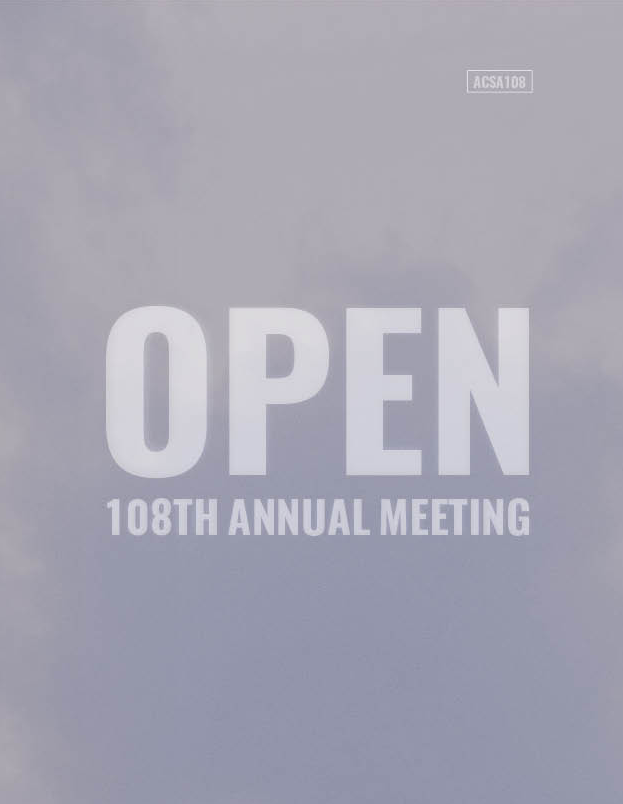Author(s): Kelley Van Dyck Murphy
The Midwestern agricultural landscape is a tapestry shaped by natural and artificial forces. From above, patterns of use mani¬fest through grids, infrastructural lines, and irrigation circles, superimposed with other natural or manmade features. These patterns can be seen as expressions of our cultural values: layered compositions of regulation, agricultural production, and environmental conditions. Aerial imagery captures the complex interaction of natural and human logics by taking these patterns, formed without compositional intention, and presents them as cultural artifacts. This paper seeks to probe these accidental compositions as objects of reflection through the investigation of the production of aerial imagery, the adoption of landscape patterns in both art and architecture, and the exploration of these superimpositional techniques. Of particular interest are art and architectural practices that explore the tense relationship between man and environment through a reinterpretation of the captured landscape. Works by artist Andrea Zittel, photographer David Thomas Smith, and visual effects artist Aydin Buyuktas are considered as case studies that provide a critical context for the author’s public art installation, 3_6_._9_°,_ _-_8_9_._6_°. This project reinterprets the forms and patterns of the Midwestern agricultural landscape as a field of play. This installation, comprised of portions of discarded carpet, is inhabitable as drawing, surface, and representation of the landscape of Southeast Missouri. Here, the aerial landscape is a composition of values, and, applied to a vertical surface presents those values in a new light.
https://doi.org/10.35483/ACSA.AM.108.56
Volume Editors
ISBN
978-1-944214-26-5

 Study Architecture
Study Architecture  ProPEL
ProPEL 
